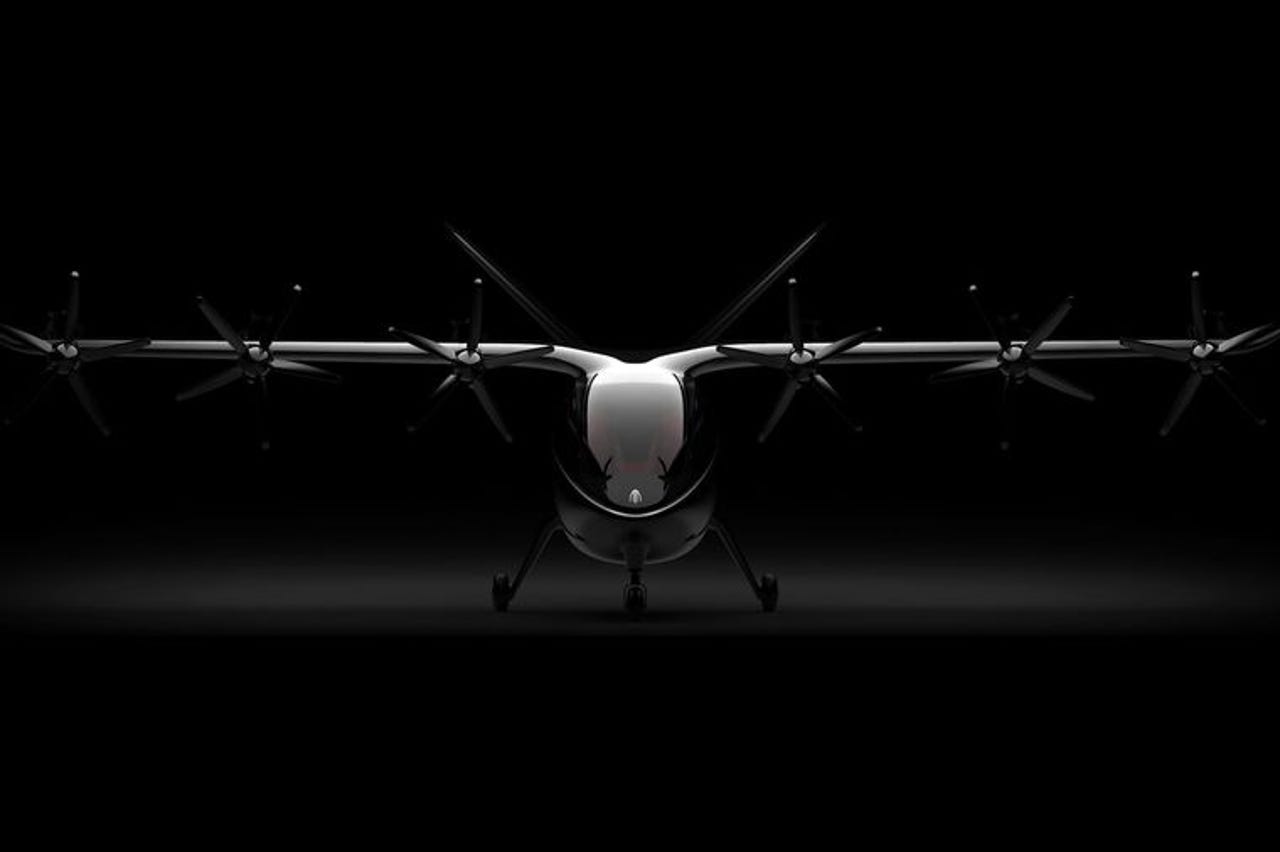Parking garages converted for air taxi takeoff


Urban air mobility developers tend to wince at the term "flying car," but it's going to be a tough moniker to escape in the next few years. That's because air taxis (slightly more palatable for the air mobility set) are taking off in a real way.
That point is underlined in an ambitious new agreement between Archer, a leading urban air mobility company based in California, and the operator of thousands of parking garages in an expansive network that covers more than 70% of the U.S. Archer and REEF will work together to retrofit the top floor of parking garages in dense urban areas in order to accommodate Archer's all-electric vertical takeoff and landing (VTOL) vehicle.
"Archer is focused on developing urban aerial ridesharing networks that will ease the issues caused by excessive city congestion," said Adam Goldstein, co-Founder and co-CEO of Archer. "We believe that working with REEF will allow us to accelerate our mission to transition congested urban areas to more sustainable forms of transportation. The ability to build out our early vertiports with light retrofitting of existing structures would allow us to scale operations while maintaining our focus on affordability for our customers. We're thrilled to announce this strategic relationship as we continue to execute on our roadmap towards bringing urban air mobility to reality."
This is a smart partnership for Archer, which recognizes the value of a good logistics network. To draw a relevant comparison, much of Tesla's brand loyalty stems from its massive network of charging stations, which are known among electric car drivers to be faster and online more of the time than many third-party providers. In order to convert transportation users to a new paradigm, convenience and multi-point support are paramount, something Tesla has taken seriously. Archer, by utilizing an existing transportation logistics network, is positioning itself to be a big player in areas like Los Angeles and Miami, two of its early markets.
REEF, for its part, is also thinking outside the box. Its sites have been largely underutilized of late, a combination of pandemic-related behavior shifts and the rise of ride sharing and growing investment in public transport in many cities, including Los Angeles. By converting some of its existing inventory for VTOL, which sounds like a fairly straightforward process, it could be opening up a new revenue stream while easing its utilization woes in years to come.
"One of REEF's core areas of focus is to reduce traffic congestion and carbon emissions by supporting incredible transportation technologies like those Archer is building," said George Fallica, REEF's Chief Revenue Officer. "Archer's focus on sustainability and transforming the everyday urban travel experience aligns closely with our own mission. We're excited to be working with them on plans to reshape city landscapes and make existing infrastructure even more functional."
Of course, Archer, which has been developing high-value partnerships with major brands like United Airlines, isn't taking chances on where it will place the takeoff and landing pads, which it calls vertiports. The company has developed a proprietary data science technology, which it calls Prime Radiant, to source optimal locations for VTOL pads to relieve congestion in high-traffic areas.